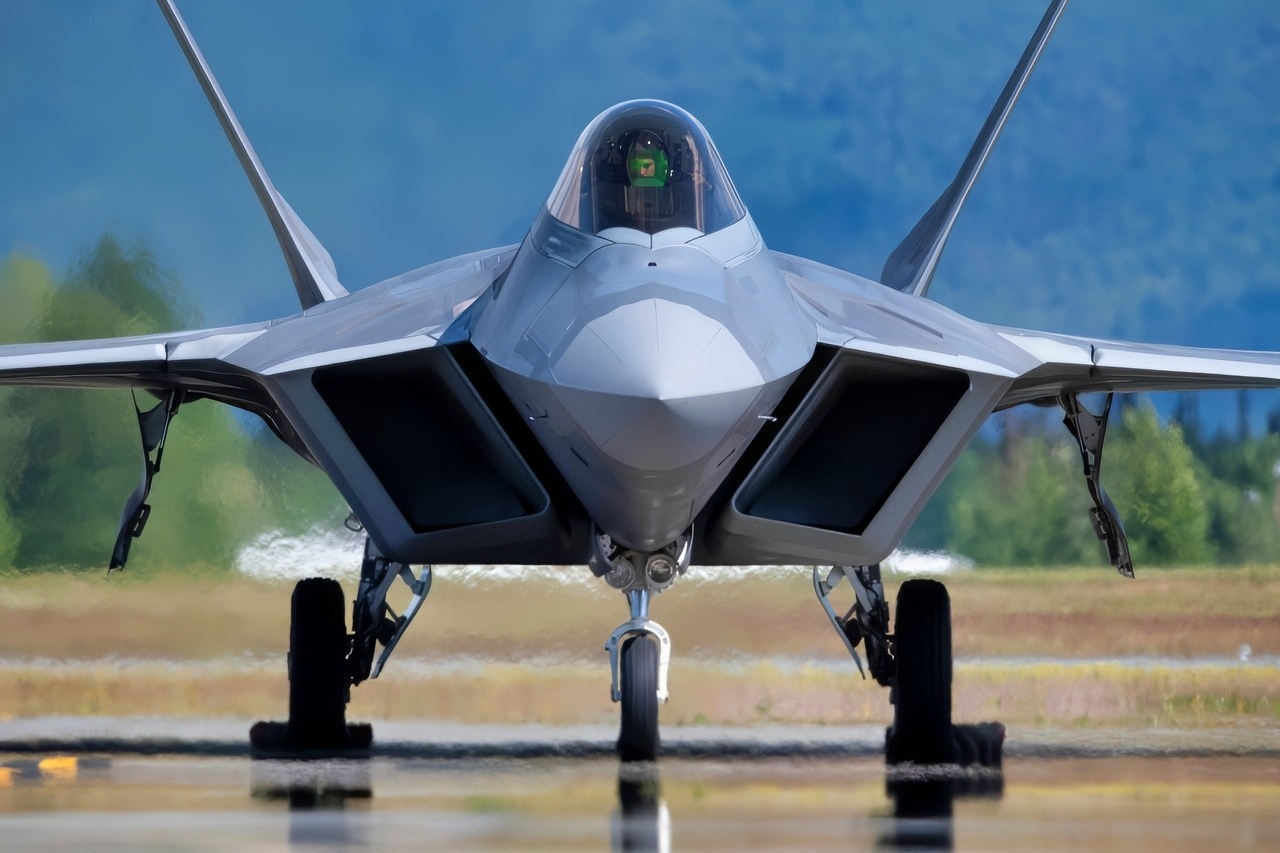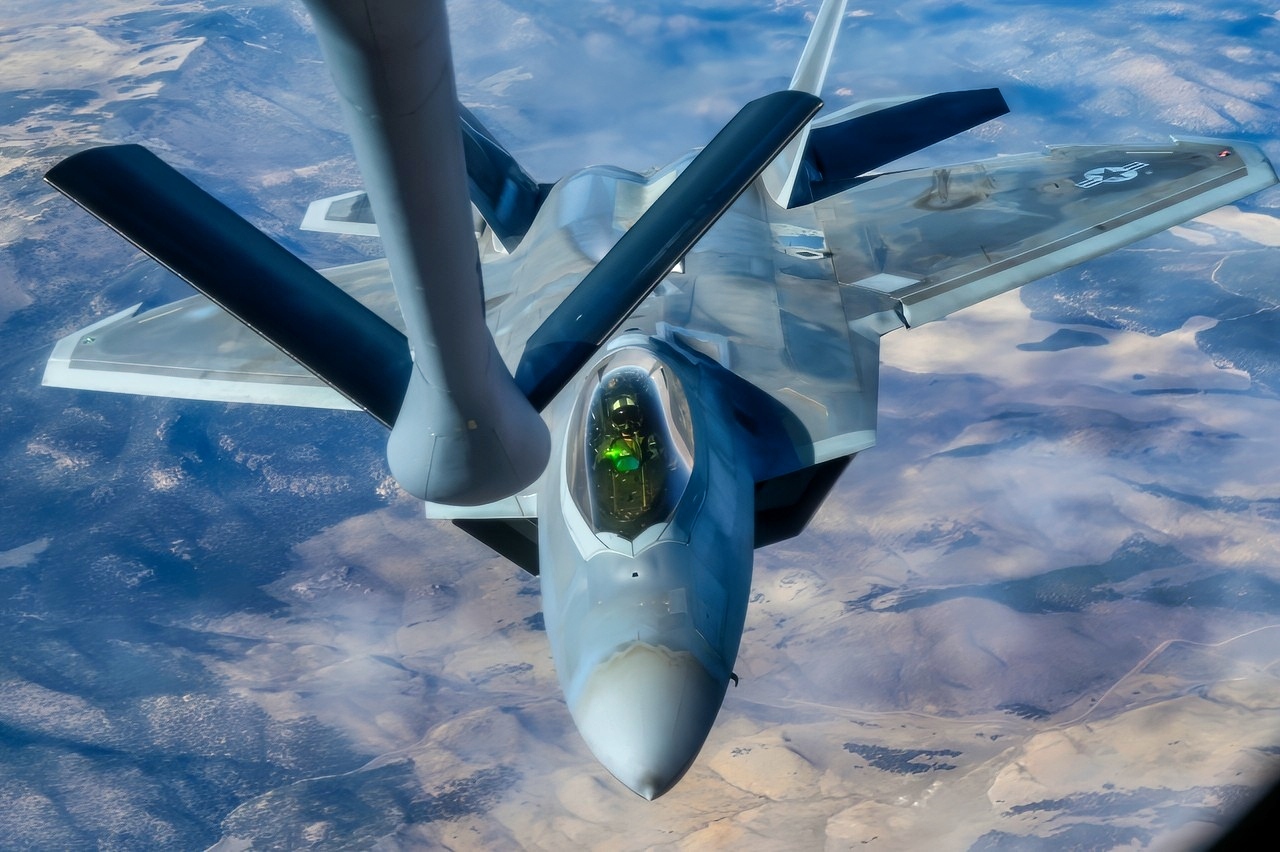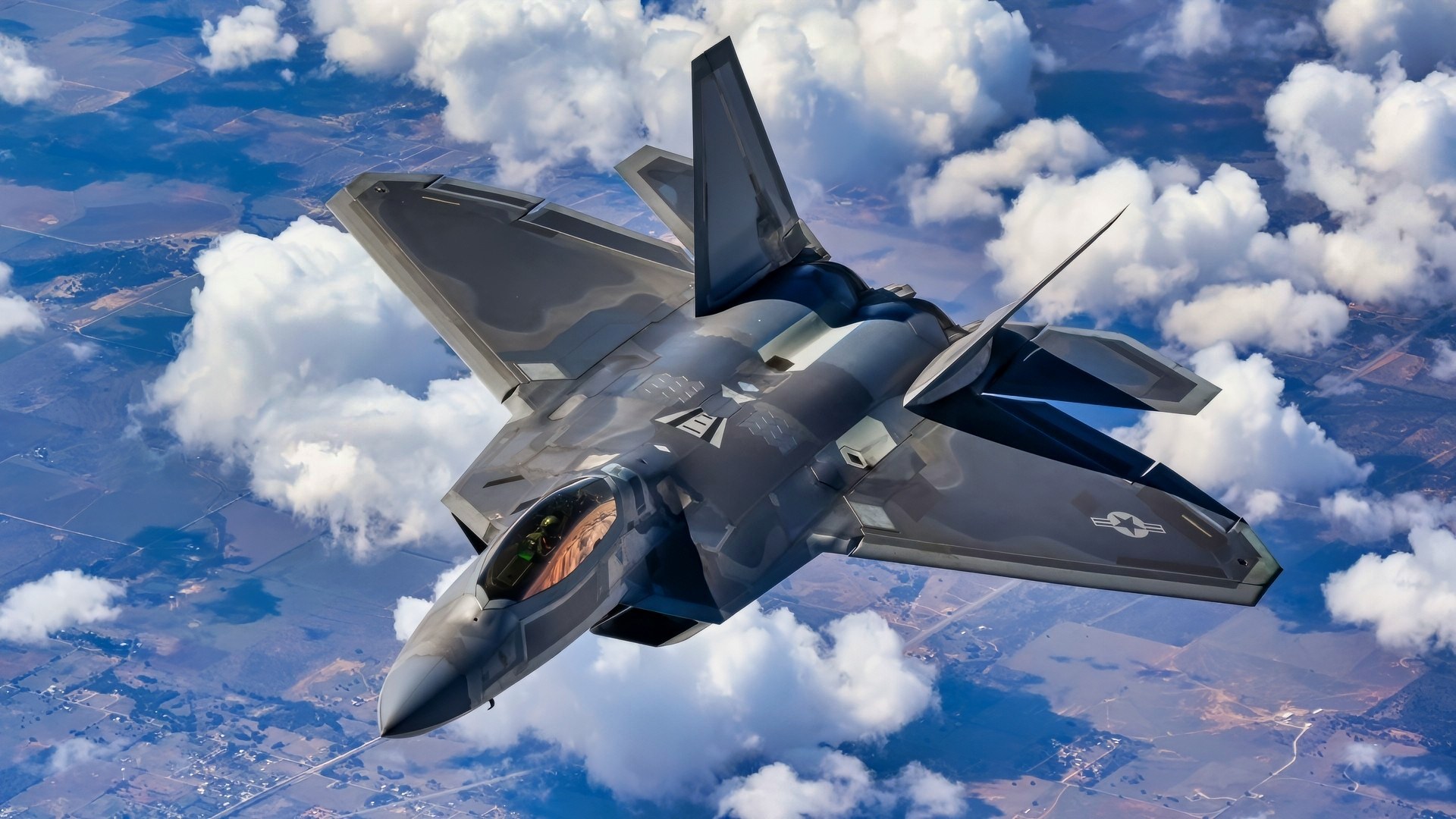Key Points and Summary – Chinese researchers claim a major breakthrough with the mass production of a “single-photon detector,” the core component of a potential quantum radar system. This new technology would theoretically render stealth aircraft, including the U.S. F-22 and F-35, detectable by analyzing changes to individual photons that interact with an airframe.
-According to the claims, such a system would be immune to traditional jamming and electronic warfare.

U.S. Air Force Maj. Joshua “Cabo” Gunderson, F-22 Raptor Demonstration team pilot and commander, prepares to take off in a U.S. Air Force F-22 Raptor assigned to the 90th Fighter Squadron over Joint Base Elmendorf Richardson, Alaska, July 9, 2020, as part of JBER Salutes, a two-day event to show appreciation to service members and nearly 100 Anchorage-area “COVID Heroes” and their guests. The service members and COVID Heroes, nominated for their support to the community during the COVID-19 pandemic, toured various areas of the installation, viewed exhibits and static displays of aircraft, and watched demonstrations by Explosive Ordnance Disposal, military working dog teams, and Chemical, Biological, Radiological and Nuclear experts. (U.S. Air Force photo by Alejandro Peña)

An F-22 Raptor approaches to receive fuel from a KC-135 Stratotanker assigned to the 92nd Air Refueling Wing during the Weapons Integration course over the Nevada Test and Training Range, Dec. 12, 2023. Air refueling crews assigned to the 92nd, 93rd and 97th Air Refueling Squadrons at Fairchild Air Force Base, Washington, participated in the WSINT course to enhance interoperability with a variety of aircraft and demonstrate how Air Mobility Command’s air refueling capabilities enhance global reach for all Department of Defense air operations. WSINT is a series of complex, large-force employment missions that serve as the capstone portion of Weapons School classes, which take place twice a year at Nellis Air Force Base, Nevada. WSINT students plan and execute every aspect of air, space and cyber combat operations, with joint force components converging over the Nevada Test and Training Range. (U.S. Air Force photo by Senior Airman Haiden Morris)
-If true, this represents a game-changing development in anti-stealth capability, potentially neutralizing the primary advantage of Western airpower and challenging the viability of even next-generation fighters.
Did China Find a Way to Track F-22 Stealth Fighters?
According to a report by the Hong Kong-based South China Morning Post, Chinese researchers have learned a method to detect stealth aircraft, including the U.S. F-22 Raptor.
One of the nation’s research institutes announced it has begun mass-producing what scientists describe as the world’s first “ultra-low noise, single-photon detector.”
The device has been named a “photon catcher.” The ability to detect a single photon would be a capability on the very edge of quantum-detection technology.
Among the applications of such a device, suggest the scientists, would be quantum communication and a quantum radar for stealth aircraft detection and tracking.
The device is reportedly equipped with four channels, which, as the SCMP report reads, suggests powerful applications, from daily communications to national-defense-related sensor networks.
The device itself was reportedly created by the Quantum Information Engineering Technology Research Center in Anhui province. Its claimed existence was reported Oct. 10. The hardware was described in an article published by China’s Science and Technology Daily, a publication by China’s Ministry of Science and Technology.
Use Of Photons for Target Detection
According to what is essentially the Ministry’s newspaper, China has “achieved self-sufficiency and international leadership in the core components for quantum information technology.”
A single-photon detector, as its product description explains, is an ultra-sensitive device capable of detecting individual photons.

U.S. Air Force Maj. Melanie “Mach” Kluesner, pilot of the F-35A Demonstration Team, performs aerial maneuvers during the Southernmost Airshow Spectacular at Naval Air Station Key West, Florida, on March 30, 2025. The team’s mission is to inspire, engage, and recruit the next generation of Airmen by showcasing the capabilities of the Air Force’s premier fifth-generation fighter. (U.S. Air Force photo by Senior Airman Nicholas Rupiper)

U.S. Air Force Maj. Kristin “BEO” Wolfe, F-35A Lightning II Demonstration Team pilot and commander, flies a U.S. Air Force F-35 during the Dubai Airshow, United Arab Emirates, Nov. 13, 2023. The U.S. maintains a highly agile fighting force, which leverages the most advanced training and platforms to dominate the warfighting landscape for the long-term security and stability of the region. (U.S. Air Force photo by Staff Sgt. Kaitlyn Ergish)
The research institute claims the device it has developed is capable of isolating just one photon, a process so complicated and requiring measurement algorithms of such precision that the process has been likened to “distinguishing the sound of a single grain of sand falling amid a thunderstorm.”
The ability to detect individual photons would permit even extremely weak energy signals to be isolated and identified. This level of precision is absolutely required of any quantum radar and quantum communication system.
Is the F-22 No Longer Invisible?
American stealth aircraft, such as the F-22 and F-35, rely on special coatings and airframe designs to either absorb radar waves or deflect them away from the radar that emitted the original signal.
This makes them largely invisible to conventional radar systems.
Quantum radar operates in a completely different manner. If a stealth aircraft interacts with photons that have been emitted by the radar, those photons’ original quantum properties will be altered.
According to what is known as the no-cloning theorem of quantum mechanics, any artificial or spoofing signals emitted by any aircraft cannot precisely replicate any original photons’ physical properties.
Quantum radar would be capable of analyzing the positions and states of any reflected photons, and thereby effectively detect any attempt at deception.
This technique would greatly ease the detection of any low-visibility or low radar-cross-section targets.
To use electronic warfare (EW) technique to explain, there is no way to mimic the reflection of a photon in the way a Digital Radio Frequency Memory jammer “parrots” back a conventional radar signal to avoid detection.
Quantum radar also consumes relatively little power, allowing it to be installed and operated across multiple platforms. Its low-energy emissions also make the radar itself hard to detect. Due to the principles on which it operates, it is also almost unaffected by EW signals or other electromagnetic emissions.
Highly Effective EW is No Protection
The Indian Air Force (IAF) is one of several air forces that operate the advanced Dassault Rafale fighter made in France.
That aircraft is categorized as a 4++-generation combat aircraft and is equipped with what has been rated as one of the most effective EW suites ever designed. Its manufacturers like to say it is the most survivable non-stealthy aircraft in the world.
But should the IAF, or any other air force relying on robust EW systems to ensure the survivability of its fighters, become involved In a conflict with China, this quantum-radar technology would defeat it.
The Rafale’s on-board EW would have no effect in preventing quantum radar from detecting these aircraft.
In such a situation, ground-based air defense systems would have a field day.
Suppose the claims by the Chinese research center are accurate. In that case, this innovation casts doubt on the efficacy of not only existing fighter aircraft but also the sixth-generation fighters currently under development.
About the Author: Reuben F. Johnson
Reuben F. Johnson has thirty-six years of experience analyzing and reporting on foreign weapons systems, defense technologies, and international arms export policy. Johnson is the Director of the Asia Research Centre at the Casimir Pulaski Foundation. He is also a survivor of the Russian invasion of Ukraine in February 2022. He worked for years in the American defense industry as a foreign technology analyst and later as a consultant for the U.S. Department of Defense, the Departments of the Navy and Air Force, and the governments of the United Kingdom and Australia. In 2022-2023, he won two awards in a row for his defense reporting. He holds a bachelor’s degree from DePauw University and a master’s degree from Miami University in Ohio, specializing in Soviet and Russian studies. He lives in Warsaw.
More Military
Russia’s T-14 Armata Super Tank Mistake Still Stings
SR-72 Darkstar: The Mach 6 Mothership for the F-35 and F-47
China’s J-20 Mighty Dragon Fighter Can Be Summed Up In Just 4 Simple Words
The MBT-70 Tank Still Haunts the U.S. Army
Russia’s ‘New’ MiG-35 Fighter Is Officially ‘Circling the Drain’










